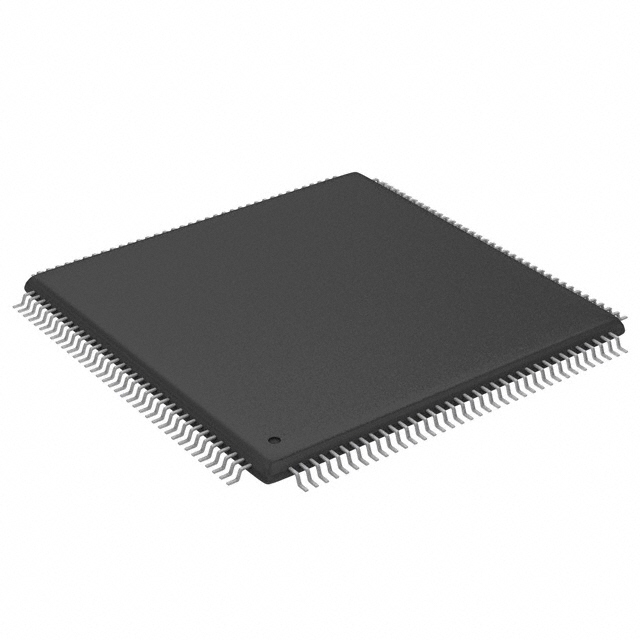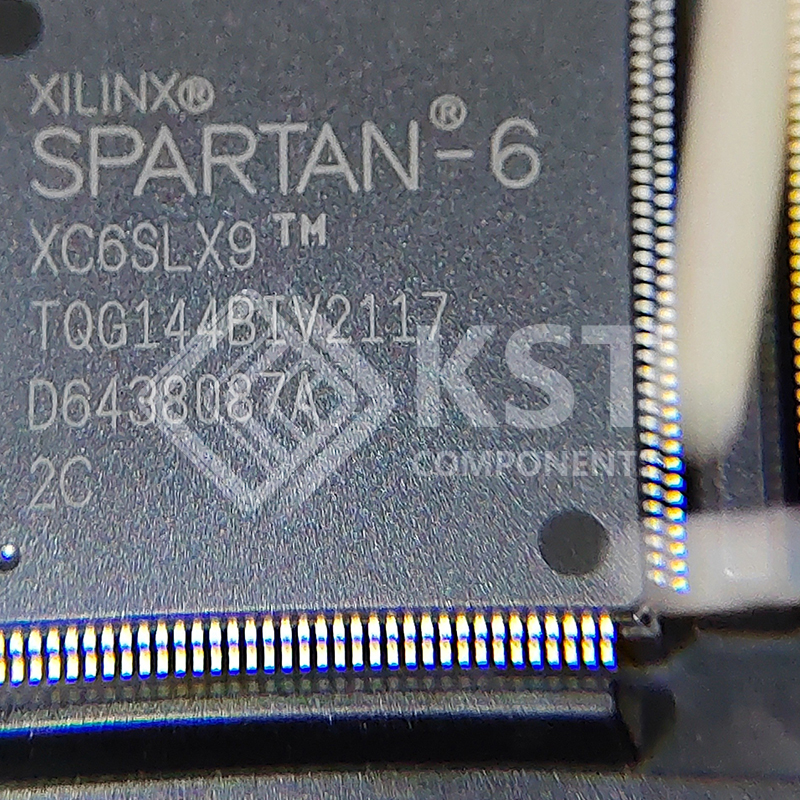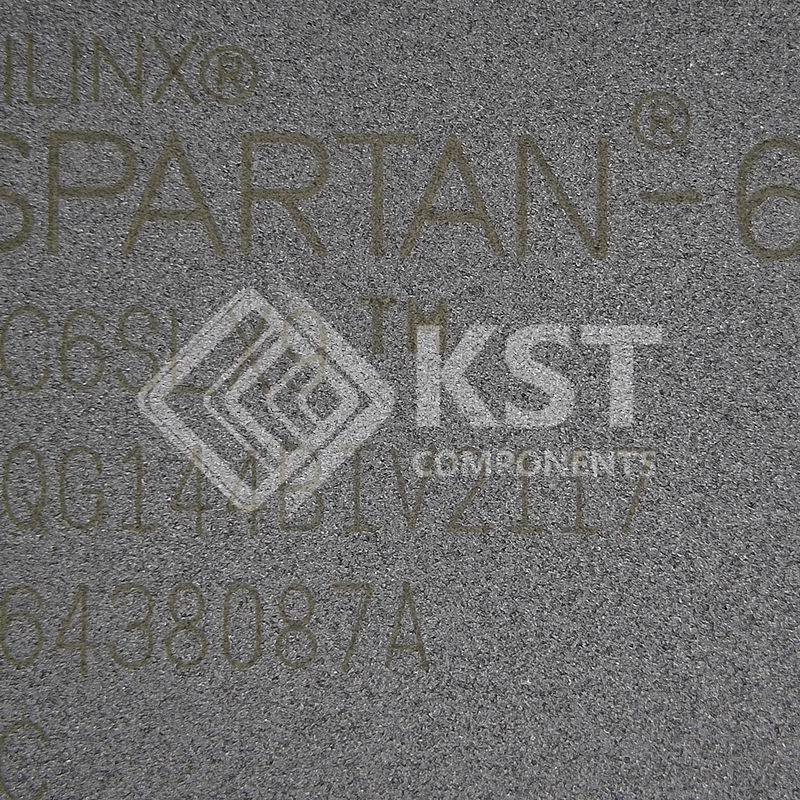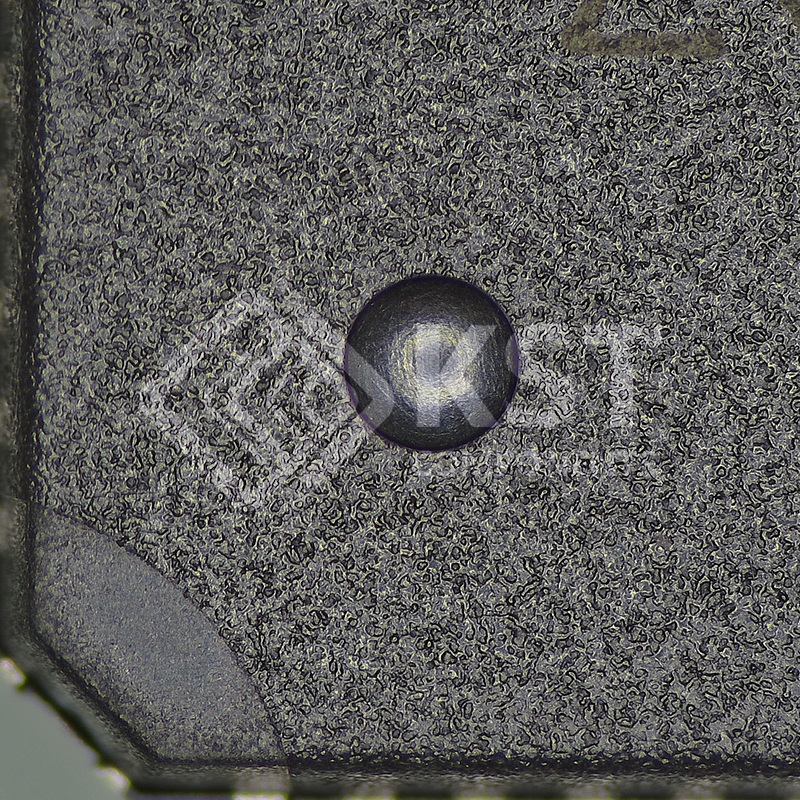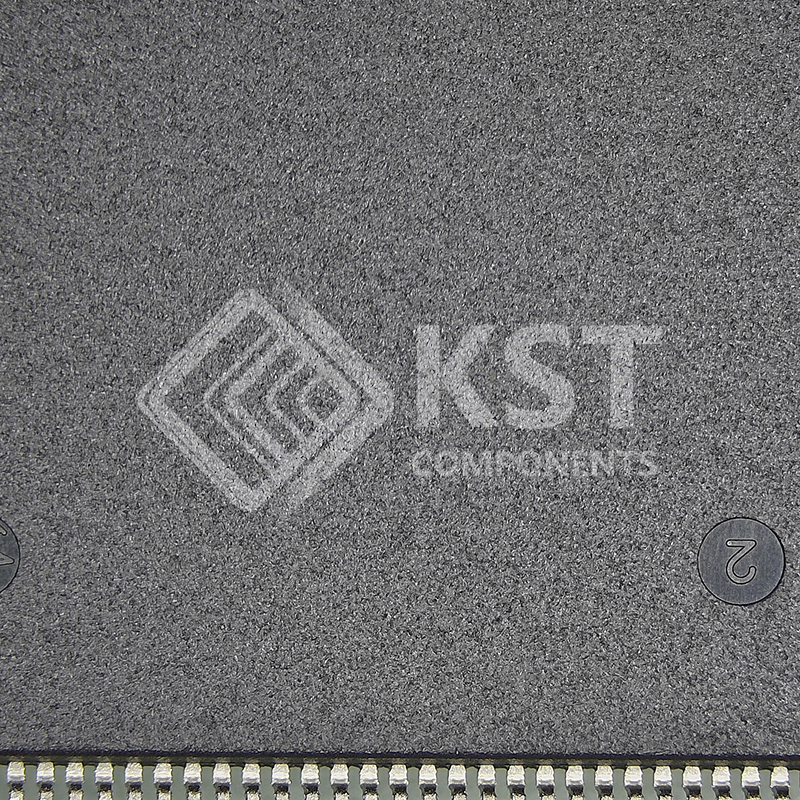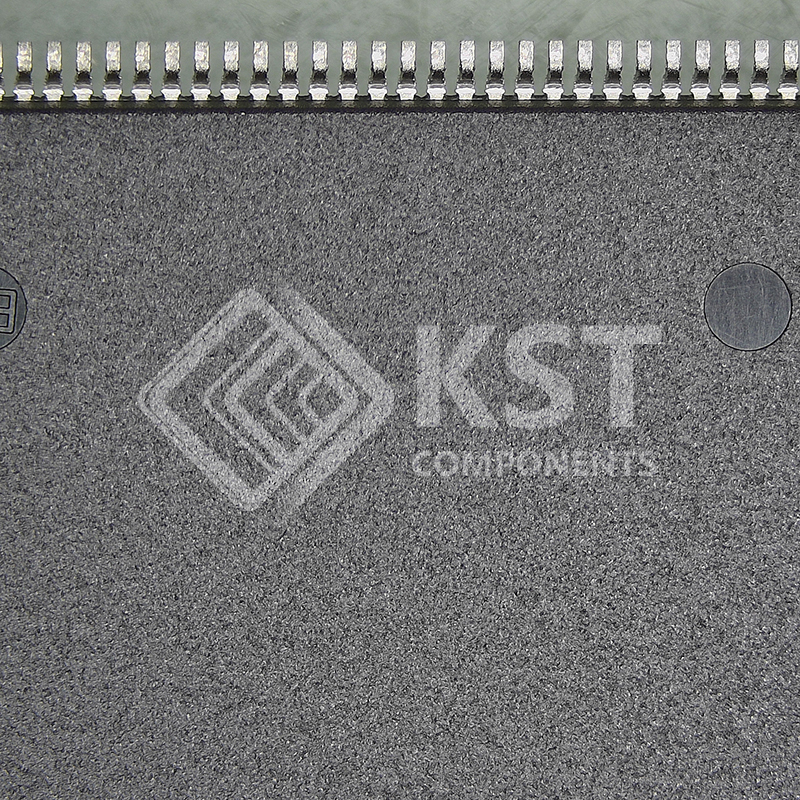1. All voltages are relative to ground.
2. See Interface Performances for Memory Interfaces in Table 25. The extended performance range is specified for designs not using the
standard VCCINT voltage range. The standard VCCINT voltage range is used for:
• Designs that do not use an MCB
• LX4 devices
• Devices in the TQG144 or CPG196 packages
• Devices with the -3N speed grade
3. Recommended maximum voltage droop for VCCAUX is 10 mV/ms.
4. During configuration, if VCCO_2 is 1.8V, then VCCAUX must be 2.5V.
5. The -1L devices require VCCAUX = 2.5V when using the LVDS_25, LVDS_33, BLVDS_25, LVPECL_25, RSDS_25, RSDS_33, PPDS_25,
and PPDS_33 I/O standards on inputs. LVPECL_33 is not supported in the -1L devices.
6. Configuration data is retained even if VCCO drops to 0V.
7. Includes VCCO of 1.2V, 1.5V, 1.8V, 2.5V, and 3.3V.
8. For PCI systems, the transmitter and receiver should have common supplies for VCCO.
9. Devices with a -1L speed grade do not support Xilinx PCI IP.
10. Do not exceed a total of 100 mA per bank.
11. VBATT is required to maintain the battery backed RAM (BBR) AES key when VCCAUX is not applied. Once VCCAUX is applied, VBATT can be
unconnected. When BBR is not used, Xilinx recommends connecting to VCCAUX or GND. However, VBATT can be unconnected



